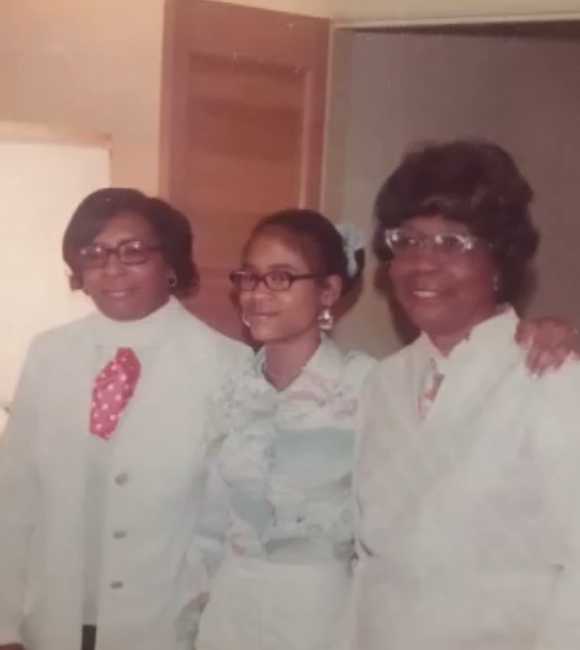Detroit post-1967 Rebellion: A lesser-told history

For Taylor Claybrook, Detroit is more than a city. A Detroit native, her ancestral lineage predates the 1967 Rebellion, and when the city was further decimated by ‘white flight,’ her family was one of many who stayed behind to rebuild. A principal history that Claybrook discovered is often overlooked in classrooms.
“The school district I was in for middle school and high school did not have an emphasis on any Black histories outside of Antebellum-era chattel slavery and the Civil Rights era,” Claybrook said. “Being a Black woman, this, of course, left me very curious to continue investigating all of these crucial points in time that were missed in my school curriculum.”
She enrolled at Wayne State University in 2016 and completed a bachelor’s in history with a double minor in art history and Italian by 2021.
The history professors at Wayne State University inspired her to continue her education with a master’s degree. It’s been through Wayne State University that Claybrook has discovered the rich histories she’d been searching for.
“I’ve dabbled in research surrounding Black women in America across time, contemporary Black films and how they’ve helped to shape our artistic expression, and most recently I was able to travel to Chicago to do research in how their local museums represent their unique histories compared to Detroit’s.”
Knowing their stories isn’t enough—Claybrook is determined to share them, and with her master’s project slated to culminate in an exhibition at the Detroit Historical Museum in the summer of 2024, she will soon get the chance.
“It is my hope that with this exhibit I can cover the twenty-five years in the city following the ‘67 Rebellion and how Black Detroiters contributed to our cultural expression by way of incorporating our local public access television and radio stations, collected photographs and artifacts, oral histories, and information regarding political efforts after the Rebellion concluded.”
A shared history
There is one artifact in particular that stuck with Claybrook.

“A photograph with three generations of my grandmothers on my mother’s side in the 1970s posing in my great-grandparents' living room with the biggest smiles I’d ever seen. I was lucky enough to know my great-grandmother before she passed away but this photo stuck with me because she always reminded me that after 1967, so many Black folks formed solidarity within their communities, and despite times not always being easy, they did the best with what they had after so many had turned their backs on the city. That photograph was the push I needed to honor those who came before me.”
Through putting such artifacts on display, Claybrook hopes to challenge the narratives that Detroit is “unsafe outside of certain neighborhoods, that it was a desolate wasteland after the Rebellion and Black-dominated communities are synonymous with economic and political distress. … For the visitors who are longtime residents that lived through the years covered in the exhibit, I envision it to be a reflective and nostalgic experience. One where a visitor can point to an event on the timeline and say ‘I remember when this happened and what it meant to me.’”
The Warrior way
The exhibit won’t be her first stint at the Detroit Historical Museum. Claybrook is the museum’s assistant curator of oral history as of last September. Before that, she served as an intern on Detroit: Where Neighborhoods Live and COVID-19 oral history projects in 2021.
Claybrook is undecided on whether she will continue her education with a Ph.D. or hit the career market post-master’s. Regardless, she’s determined to expand her curatorial expertise and continue telling Detroit’s story.
She attributes her success and drive to the history professors at Wayne State University—particularly former Graduate Program Director Tracy Neumann, Ph.D., who motivated her to continue on to graduate school; her faculty advisor Kidada Williams, Ph.D, and Professor Karen Marrero, Ph.D., who are always pushing her to be a better historian.
“They’re the three most brilliant people I’ve ever met, so I hope to be like them one day!”